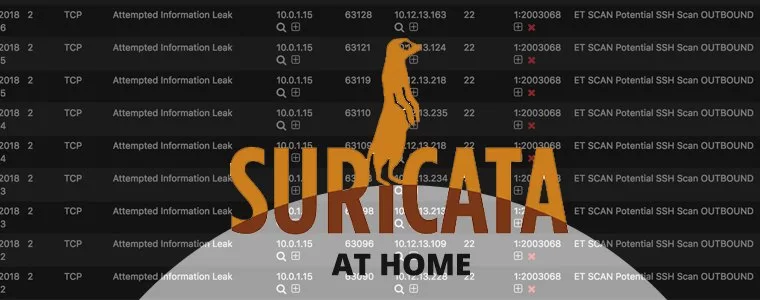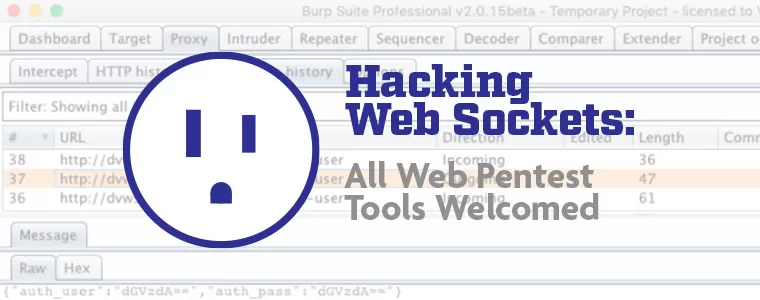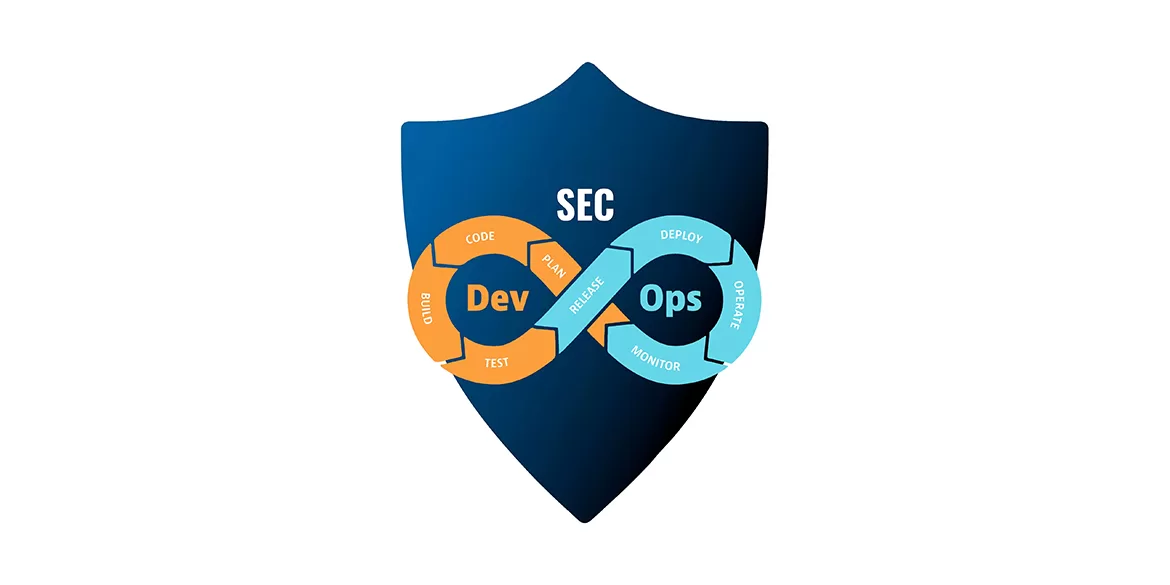We Have Real-World AppSec Experience We take a hands-on approach to assist you in implementing the most suitable technologies.
Minimize costs and risks with VDA Labs' Application Security Solutions. We enhance your existing application security program through a blend of manual and automated testing solutions. Our services integrate application security seamlessly into your software development life cycle, ensuring comprehensive coverage.
-
1 SAST (Static Application Security Testing)
-
Strengthening Software Security: The Importance of Static Analysis in Development
Static analysis, a critical component of software development, equips development teams with the capability to thoroughly scrutinize and evaluate source code or bytecode. By conducting static analysis early in the development lifecycle, teams gain invaluable insights into potential vulnerabilities, security flaws, and code quality issues.
This proactive approach allows for the timely remediation of issues, significantly reducing the risk of introducing critical errors or security breaches into the final product. Furthermore, static analysis fosters a culture of continuous improvement by encouraging developers to adopt best practices and adhere to coding standards.
Ultimately, integrating static analysis into the development process empowers teams to deliver more reliable, secure, and high-quality software applications to end-users.
-
2 DAST (Dynamic Application Security Testing)
-
The Role of Dynamic Application Security Testing (DAST)
Dynamic Application Security Testing (DAST) serves as a vital tool in the arsenal of internal teams, enabling them to meticulously examine and analyze live, operational applications for potential vulnerabilities.
By conducting thorough assessments during the runtime of applications, DAST provides valuable insights into conditions that may indicate the presence of vulnerabilities. These assessments encompass a wide range of factors, including input validation, authentication mechanisms, session management, and more.
The comprehensive nature of DAST allows teams to pinpoint specific issues within the application's codebase or configuration that could potentially be exploited by malicious actors. Moreover, by simulating real-world attack scenarios, DAST aids in the identification of vulnerabilities that may not be apparent through other testing methodologies.
One of the key advantages of DAST is its ability to detect vulnerabilities in applications regardless of their underlying technology stack or programming language. This versatility makes DAST an indispensable tool for organizations with diverse application portfolios.
Furthermore, the insights gathered from DAST testing enable teams to prioritize and address vulnerabilities effectively, thereby enhancing the overall security posture of the organization. By leveraging DAST as part of a comprehensive security testing strategy, organizations can proactively mitigate risks and safeguard their applications against potential threats.
-
3 SCA (Software Composition Analysis)
-
Enhancing Development with Software Composition Analysis
By seamlessly integrating Software Composition Analysis (SCA) directly into your code repositories, development teams gain a robust framework to prevent the introduction of unnecessary risks throughout the software development lifecycle. This proactive approach allows teams to continuously monitor and assess various aspects of their codebase, including versioning, potential vulnerabilities with publicly available exploits, licensing compliance, and any associated legal or regulatory obligations.
Through comprehensive scanning and analysis, SCA provides valuable insights into the usage of third-party components, libraries, and dependencies within your applications and containerized environments. This enables teams to identify and address potential security vulnerabilities, ensuring that only secure and compliant components are utilized.
Moreover, by leveraging automation and integration capabilities, SCA facilitates real-time monitoring and alerts, enabling teams to swiftly respond to any newly identified vulnerabilities or compliance issues. This proactive stance not only enhances the security posture of your software but also helps streamline the development process by minimizing the risk of last-minute fixes or delays.
Overall, by embedding SCA into your development workflows, organizations can proactively mitigate risks, improve code quality, and maintain compliance with regulatory requirements, ultimately bolstering the integrity and security of their software products.
-
4 WAF (Web Application Firewall)
-
Strengthening Web Application Security
Web Application Firewalls (WAFs) play a critical role in bolstering the security posture of web applications by providing a dedicated layer of defense at the front-end. This specialized security solution is designed to monitor, analyze, and filter incoming web traffic in real-time, enabling it to detect and block various types of known attack vectors, including SQL injection, cross-site scripting (XSS), and cross-site request forgery (CSRF).
By employing signature-based detection techniques, WAFs can identify patterns or signatures associated with known attacks, allowing them to proactively block malicious traffic before it reaches the web application. Additionally, some advanced WAFs leverage machine learning algorithms to detect and mitigate emerging threats that may not be covered by traditional signature-based approaches.
While WAFs excel at safeguarding the front-end of web applications, it's important to recognize their limitations. Unlike other security solutions that provide comprehensive coverage across both front-end and back-end components, WAFs primarily focus on protecting the application layer. This means that they may not provide adequate protection against attacks targeting backend systems, such as database servers or application servers.
To address this gap, organizations often complement WAFs with additional security measures, such as Intrusion Detection Systems (IDS) or Intrusion Prevention Systems (IPS), to safeguard the entire web application infrastructure. By adopting a multi-layered approach to web application security, organizations can effectively mitigate risks and enhance the overall resilience of their web applications against a wide range of cyber threats.
-
5 RASP (Runtime Application Self-Protection)
-
The Role of Runtime Application Self-Protection (RASP)
Runtime Application Self-Protection (RASP) offers a dynamic layer of defense that operates within the backend of your applications. Unlike traditional security measures that rely on external systems for protection, RASP is embedded directly within the application itself, allowing it to monitor, detect, and respond to security threats in real-time.
One of the key advantages of RASP is its ability to defend against a wide range of attacks, including both known vulnerabilities and emerging threats. By leveraging advanced detection techniques and behavioral analysis, RASP can identify malicious activity and anomalous behavior, even in the absence of predefined signatures.
Moreover, RASP is designed to adapt and evolve alongside your applications, ensuring continuous protection without impeding the development process. This agility enables RASP to keep pace with the rapid deployment cycles of modern development environments, providing comprehensive security coverage without sacrificing speed or performance.
By incorporating RASP into your security strategy, you can enhance the resilience of your applications against cyber threats while minimizing the risk of exploitation. With RASP acting as a proactive defense mechanism, your applications can effectively defend themselves against both known and unknown attacks, safeguarding sensitive data and preserving the integrity of your systems.
From simple websites to complex, cloud-based platforms, we assess software and applications. We also guide you in building new apps securely from the ground up. Embrace a holistic approach to application security, reducing both risk and cost, and freeing up your IT and security teams for essential business priorities.
Count on us for thorough code testing and leave the security concerns in our experienced hands.









